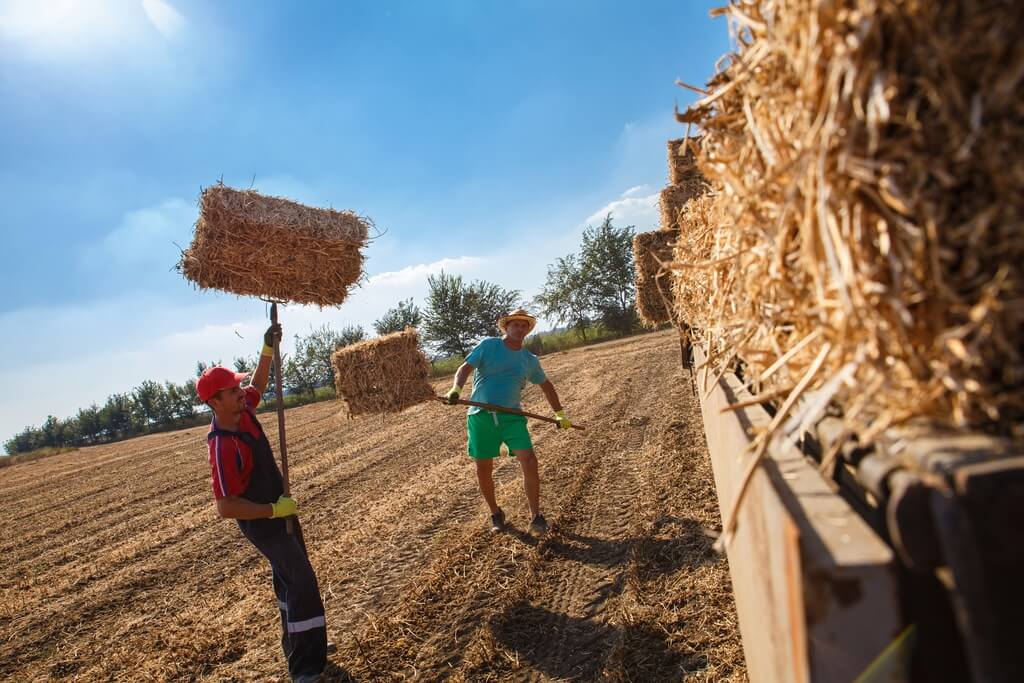By David Kennedy, Physiotherapist and Senior Rehabilitation Consultant at Interact Injury Management
In regional workplaces, where physically demanding roles are common, injury prevention is more than a necessity—it’s a responsibility. Having spent years as a Senior Physiotherapist specialising in musculoskeletal outpatients in Ireland and now working in the injury management sector with Interact Injury Management, I’ve seen the impact of workplace injuries on both individuals and businesses. With the right strategies, regional workplaces can excel at injury prevention and protect their most valuable asset: their people.
Here are key strategies I recommend based on my experience working across varied industries and regions.
1. Regular auditing: A proactive approach
Regular audits of policies, procedures, and equipment are essential to maintaining a safe work environment. By using risk matrix tools to identify hazards—whether they involve manual handling, environmental factors, or psychosocial risks—you can take proactive steps to prevent injuries. In my role with Interact, I’ve worked with clients from Sydney to Central NSW and the ACT, and I’ve seen how early identification of risks through regular audits can lead to significant improvements in workplace safety.
2. Pre-employment assessments: Hire for success
Assessing potential employees’ physical capabilities before they start work is vital, especially in physically demanding roles common in regional areas. Pre-employment assessments ensure that new hires are fit for the job, reducing the risk of injury. Having worked with various industries—from sheep shearers to truck drivers—I’ve learned that matching a person’s physical abilities to the demands of the role can prevent many avoidable injuries down the line.
3. Good communication: Cultivating a culture of safety
Open lines of communication are essential in any workplace. Encouraging staff to report incidents, near misses, or potential hazards fosters a safety-conscious environment. During my time working with clients from different sectors, I’ve seen how fostering an atmosphere where safety concerns are taken seriously can lead to a more vigilant and proactive workforce. When employees feel empowered to speak up, everyone benefits from a safer working environment.
4. Work hardening: Preparing the body for work
Regional industries often involve significant physical labour, increasing the risk of musculoskeletal injuries. For new employees or those returning from injury, a gradual increase in physical workload—known as work hardening—can prevent injuries caused by overuse. This is a truly effective strategy – I’ve seen how progressive physical conditioning can protect workers’ soft tissues like muscles and tendons from strain.
5. Upskill your workforce: Versatility equals safety
Encouraging employees to work across a variety of roles can reduce the risk of repetitive strain injuries. Diversifying their skill set not only makes the workday more interesting but also helps businesses become more resilient to staffing changes. In my experience, varied roles lead to a healthier workforce by preventing overuse injuries and offering flexibility when workers need to step into different roles.
6. Employee Assistance Programs (EAPs): Support beyond the workplace
An EAP provides essential mental and emotional support, which is often overlooked in injury prevention strategies. Supporting employees holistically—at work and outside—creates a healthier workforce. Employees who feel supported are less likely to be injured and recover faster if they do experience an injury. In regional areas where access to support services can be limited, offering an EAP shows that your business is committed to employee wellbeing.
7. Education and training: Knowledge is power
One of the most effective ways to reduce workplace injuries is through ongoing education. Teaching employees about safe work practices and body mechanics can have a profound impact on injury prevention. I’ve found that supplemental training, particularly in lifting techniques and body mechanics, leads to measurable reductions in injury rates across various industries. Keeping safety front of mind ensures that all employees are equipped to prevent injuries.
Final thoughts: Learning, not losing
While these strategies can significantly reduce the risk of injuries, it’s important to acknowledge that no workplace can be entirely injury-free. Human error, fatigue, and pre-existing conditions will always be variables. However, what we can control is how we respond when injuries occur. Early intervention and a structured return to work plan can make all the difference in optimising recovery and minimising disruption to your business.
As someone who thrives on learning from every experience, I firmly believe in the motto, “No losing, only learning.” Whether it’s refining safety protocols or working with employees to improve their recovery process, continuous improvement is key to injury prevention.
At Interact, we draw on over 30 years of experience in workplace injury prevention and rehabilitation, with a focus on both regional and metropolitan settings in NSW.
If you’re looking for a partner to help your regional workplace excel at injury prevention, contact us. Together, we can create a safer, healthier future for your employees.




